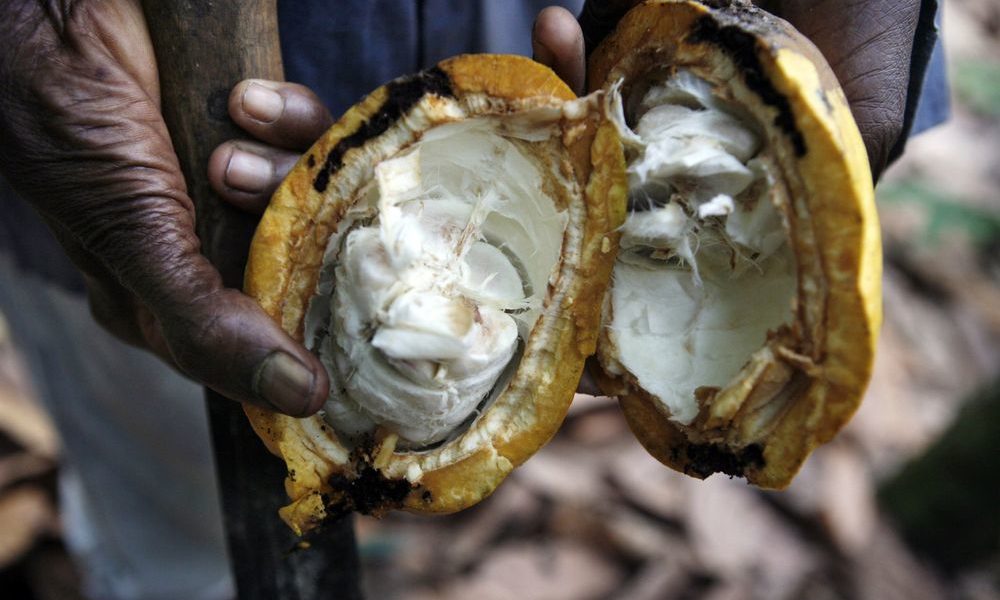Commodities
Rising Cocoa Prices Draw New Farmers, But Swollen Shoot Disease Remains a Threat

As the October cocoa harvest approaches, optimism is growing among West African farmers buoyed by soaring cocoa prices.
However, the industry faces persistent challenges, particularly from swollen shoot disease, which continues to threaten cocoa production despite favorable weather conditions.
Moussa Konate, a cocoa farmer from a small plantation in Ivory Coast, is seeing the fruits of a brighter season.
His trees are now laden with healthy, green pods, a promising sign after last year’s devastating crop loss due to disease.
The upcoming harvest is expected to be significantly better, buoyed by the arrival of essential pesticides and improved weather conditions attributed to the La Niña phenomenon.
Yet, while the outlook is improving, the cocoa industry in West Africa remains fraught with challenges. Swollen shoot disease, an incurable viral infection, remains a significant hurdle.
The disease reduces the yield of infected cocoa trees by up to 70% and is forcing many farmers to cut down not only diseased trees but also those nearby, as a preventative measure.
The economic landscape is more promising. Cocoa prices have surged to record levels, driven by ongoing supply shortages and increased demand.
Analysts forecast that prices could average around $7,000 per ton in 2024, a significant drop from the highs earlier this year but still well above historical norms.
This price surge is attracting new entrants into cocoa farming, particularly in regions like Cameroon and Nigeria, where farmers are reporting impressive yields and substantial earnings.
In contrast, established cocoa giants like Ivory Coast and Ghana are grappling with persistent issues.
Despite attempts to adjust farmgate prices and combat the disease, many farmers still struggle with limited resources.
The high costs of pesticides and fertilizers remain out of reach for many, and illegal mining activities, particularly in Ghana, are exacerbating the problem by destroying valuable agricultural land.
The broader West African cocoa belt is seeing mixed results. Early indicators suggest that Ivory Coast could experience a 10% increase in output this season, reaching about 2 million tons.
However, the spread of swollen shoot disease and irregular weather patterns pose ongoing risks.
In Ghana, where aging trees and diseases are also prevalent, farmers are calling for higher prices to support their operations and curb the impact of illegal mining, which threatens their land and livelihood.
Despite these challenges, there is a glimmer of hope. Improved weather conditions and rising prices are revitalizing the industry, drawing new investment and boosting the spirits of many farmers.
Nevertheless, experts emphasize the need for continued support and coordinated efforts to address disease management and sustainable farming practices to ensure the long-term health of the cocoa sector.